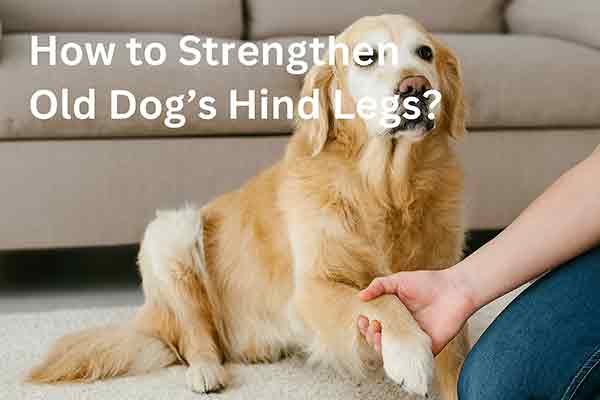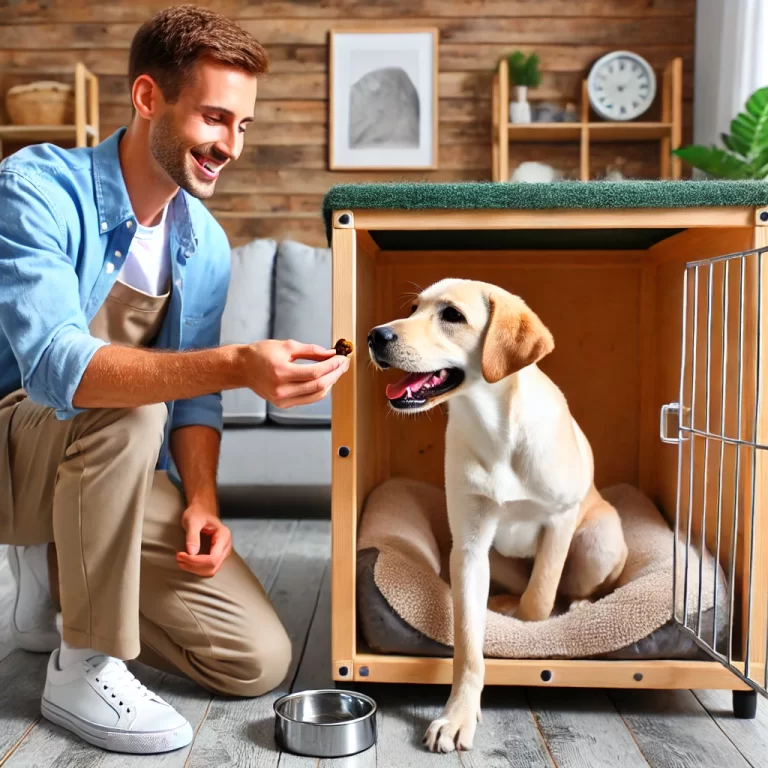How to Strengthen Old Dog’s Hind Legs | Senior Dog Mobility Tips
Table of Contents
- Introduction
- Why Do Hind Legs Weaken in Senior Dogs?
- Signs of Hind Leg Weakness in Dogs
- Low-Impact Exercises to Strengthen Hind Legs
- Diet and Supplements for Muscle Support
- Supportive Devices That Can Help
- In-Home Physical Therapy Techniques
- When to Consult a Veterinarian
- Preventative Care for Future Mobility
- Conclusion
Introduction
As our beloved dogs age, it’s common to notice a decline in their physical abilities—especially in their hind legs. Many pet owners ask, “How do I strengthen my old dog’s hind legs?” The good news is there are several safe and effective ways to improve strength, mobility, and quality of life for senior dogs. In this article, we’ll walk through signs of hind leg weakness, recommended exercises, nutrition, physical therapy, and more.
Why Do Hind Legs Weaken in Senior Dogs?
Age-related hind leg weakness in dogs can stem from a variety of causes:
- Arthritis: Joint inflammation limits mobility and causes pain.
- Muscle atrophy: Aging reduces muscle mass, especially in underused limbs.
- Degenerative myelopathy: A neurological condition that affects coordination and strength.
- Hip dysplasia: A hereditary condition that worsens with age.
- General inactivity: Less movement leads to more weakness over time.
Signs of Hind Leg Weakness in Dogs
It’s important to recognize early warning signs so you can act quickly. Look for:
- Difficulty standing up or climbing stairs
- Shuffling, limping, or dragging rear feet
- Trembling or wobbling in the back legs
- Loss of balance or collapsing
- Muscle wasting (legs look thinner)
If your dog exhibits these symptoms, consult your veterinarian for a diagnosis before beginning any strengthening program.
Low-Impact Exercises to Strengthen Hind Legs
Regular movement is essential to maintain and rebuild muscle. Here are safe, senior-friendly exercises:
1. Controlled Walks
Short, frequent walks on even terrain keep muscles engaged. Use a harness for support if needed.
2. Sit-to-Stand Repetitions
Encourage your dog to sit and stand repeatedly using treats. This strengthens the glutes and hamstrings.
3. Assisted Stairs or Ramps
Going up and down gentle stairs or ramps engages the rear legs. Start slowly with support.
4. Underwater Treadmill or Swimming
Hydrotherapy is excellent for non-weight-bearing exercise. It reduces joint stress while building endurance.
5. Cavaletti Poles
Walking over low obstacles improves coordination, balance, and hind-leg lift.
Diet and Supplements for Muscle Support
Proper nutrition fuels recovery and strength building. Consider these dietary strategies:
- High-quality protein: Essential for muscle repair and maintenance
- Omega-3 fatty acids: Reduce inflammation and support joint health (e.g., fish oil)
- Glucosamine and chondroitin: Popular supplements for joint support
- L-carnitine: May aid in fat metabolism and energy use in older dogs
- Vitamin E and antioxidants: Help combat cellular aging and muscle degradation
Supportive Devices That Can Help
Several tools and aids can assist your senior dog with movement and stability:
- Rear support harness: Helps lift your dog during walks or potty breaks
- Orthopedic dog beds: Reduces joint pressure during rest
- Traction socks or boots: Prevent slipping on hard floors
- Mobility carts: For dogs with more advanced weakness or paralysis
In-Home Physical Therapy Techniques
While professional canine rehab is ideal, you can also try gentle therapy at home:
- Passive range of motion: Gently flex and extend the hind limbs daily to improve joint movement
- Massage: Boosts circulation and reduces stiffness
- Heat therapy: Applying warmth before activity helps relax muscles
- Stretching: Carefully stretch the hind legs to maintain flexibility
When to Consult a Veterinarian
If your dog’s hind leg weakness progresses rapidly or affects quality of life, it’s time for a checkup. Your vet can:
- Diagnose underlying causes like arthritis or neurologic conditions
- Prescribe anti-inflammatories or pain medications
- Refer you to a veterinary physical therapist
- Recommend advanced diagnostics like x-rays or MRI if needed
Preventative Care for Future Mobility
Maintaining hind-leg strength isn’t just for older dogs—it’s something to support throughout their life:
- Stay consistent with daily walks and playtime
- Maintain a healthy weight to reduce joint stress
- Feed balanced, age-appropriate diets
- Incorporate strength and balance exercises even in middle age
- Schedule regular veterinary wellness exams
Conclusion
Wondering how to strengthen an old dog’s hind legs? It starts with patience, consistency, and a holistic approach. From low-impact exercise and physical therapy to proper diet and assistive devices, there are many ways to support your senior dog’s mobility. Always work closely with your vet and make comfort a priority. A few small changes can make a big difference in your dog’s golden years.
For more expert tips on senior dog care, joint health, and exercise routines, explore our blog and subscribe for weekly updates on pet wellness.







